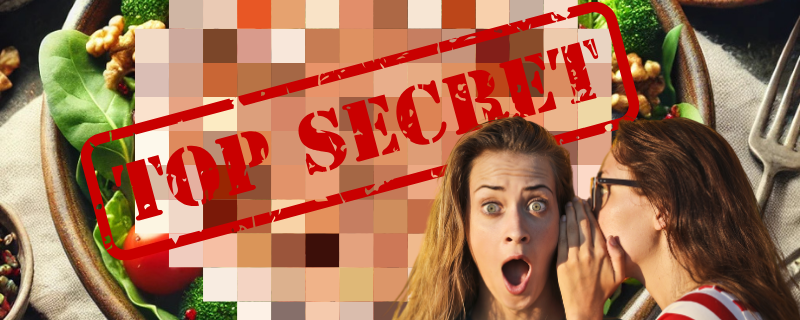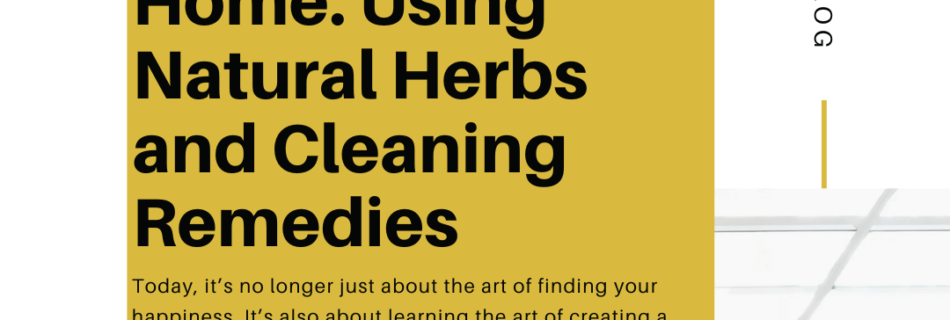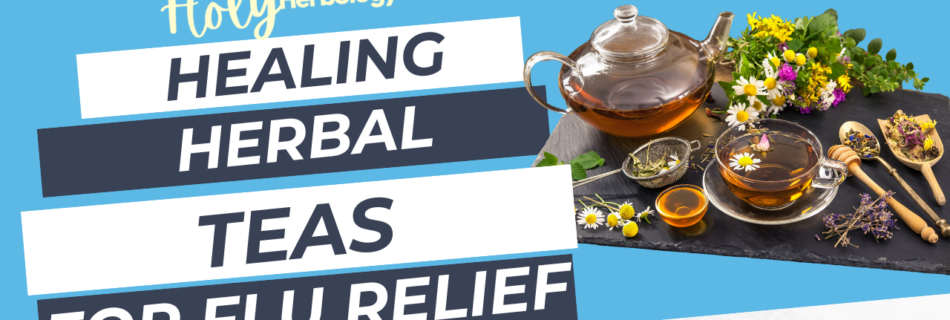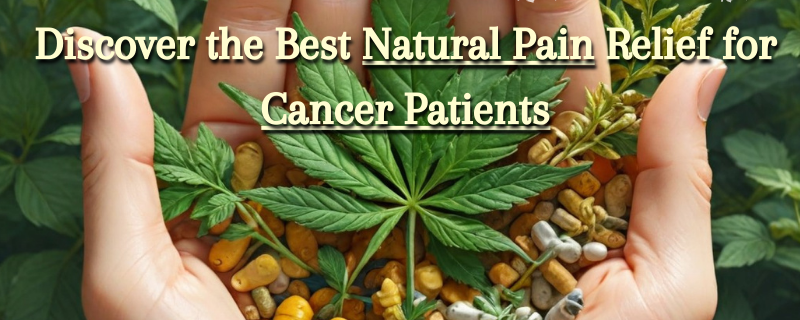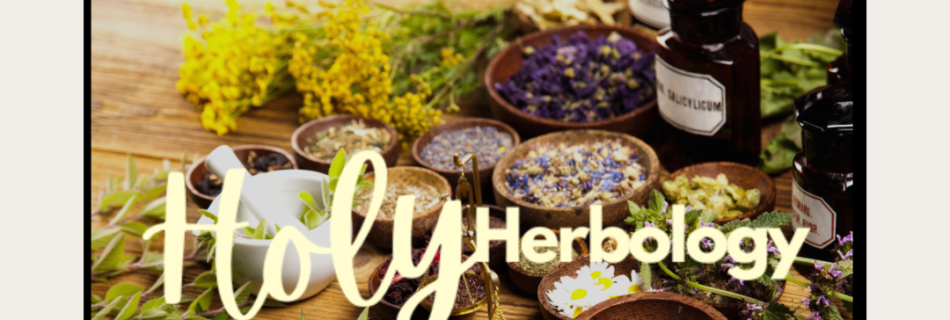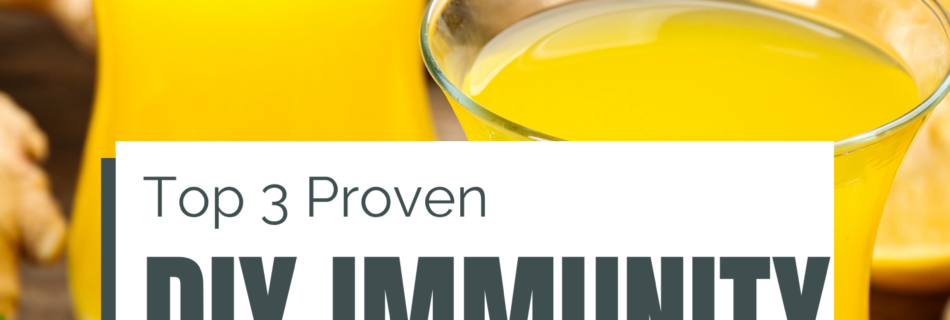Top 7 Surprising Superfoods Proven to Prevent Cancer Naturally
Imagine a world where a single meal can hold the power to fortify your defenses against one of today’s most devastating diseases—cancer. It sounds like something from a sci-fi novel, but emerging research suggests that certain “superfoods” might just have the potential to do exactly that. In our modern era, where processed foods dominate grocery shelves and hidden toxins lurk in seemingly safe places, finding natural, nutrient-packed foods proven to help prevent cancer is more crucial than ever. What if the answer to stronger cancer prevention was hiding in plain sight, right on your plate? Join us as we uncover the Top 7 Surprising Superfoods Proven to Prevent Cancer Naturally. In this journey, we’ll delve into the hidden power of nature’s most potent foods and explore why certain nutrients can be a game-changer for your health. If you’re ready to discover how these everyday foods can quietly, yet powerfully, enhance your body’s natural defenses, keep reading. Knowledge, after all, is God—and today, we’re bringing you some of nature’s best-kept secrets. 1. Turmeric: A Powerful Superfood to Prevent Cancer Myth: Turmeric is just a trendy spice with no real health benefits.Truth: Turmeric, specifically the active compound curcumin, has been widely studied for its cancer-preventing properties. Known for its anti-inflammatory and antioxidant effects, curcumin can reduce the risk of cancer by slowing down the growth of cancer cells, inducing cell death, and minimizing inflammation that could otherwise lead to tumor development. Evidence: Research published in Cancer Research highlights curcumin’s potential to reduce the growth of tumors. Turmeric is especially effective when combined with black pepper, as it enhances curcumin’s bioavailability, making this superfood even more potent in cancer prevention. Creative Ways to Incorporate Turmeric: Try using turmeric to prevent cancer 2. Berries: Antioxidant-Rich Superfoods to Prevent Cancer Myth: All fruits are equally healthy, and there’s nothing unique about berries.Truth: While fruits are packed with vitamins, berries like blueberries, strawberries, and blackberries contain high levels of antioxidants, particularly ellagic acid, that can help prevent cancer. Berries combat oxidative stress, a major factor in cancer development, and neutralize free radicals that damage cells. Evidence: The American Institute for Cancer Research states that berries’ antioxidant properties help repair DNA, protecting cells from becoming cancerous. This superfood is not only delicious but essential for cancer prevention, especially cancers affecting the colon and breasts. Creative Ways to Incorporate Berries: Try using berries to prevent cancer 3. Garlic: A Cancer-Fighting Superfood Myth: Garlic is just a flavor booster with minimal health impact.Truth: Garlic contains sulfur compounds, including allicin, which have been shown to boost the immune system’s natural cancer defenses. Allicin and other sulfur compounds found in garlic can inhibit the growth of tumors and help the body eliminate toxins that may lead to cancer. Evidence: According to the National Cancer Institute, regular garlic consumption has been linked to a reduced risk of certain cancers, such as stomach and colorectal cancers. These studies reveal that garlic is more than just a seasoning—it’s a superfood with real potential to prevent cancer. Creative Ways to Incorporate Garlic: Try using garlic to prevent cancer 4. Green Tea: Nature’s Anti-Cancer Superfood Myth: Green tea’s health benefits are exaggerated; it’s just another beverage.Truth: Green tea is packed with catechins, particularly epigallocatechin-3-gallate (EGCG), a powerful antioxidant that has been linked to cancer prevention. EGCG helps stop the formation of blood vessels that feed tumors, essentially “starving” the cancer cells and reducing their growth. Evidence: A meta-analysis published in the International Journal of Cancer suggests that regular green tea drinkers have a lower risk of cancers, including those of the breast, prostate, and lungs. With such substantial findings, green tea stands out as one of the best superfoods proven to prevent cancer. Creative Ways to Incorporate Green Tea: Try using green tea to prevent cancer 5. Cruciferous Vegetables: The Superfoods for Cancer Prevention Myth: Vegetables like broccoli and Brussels sprouts aren’t specifically cancer-preventing.Truth: Cruciferous vegetables, including broccoli, cauliflower, and Brussels sprouts, are rich in glucosinolates, which break down into bioactive compounds like sulforaphane. These compounds can kill cancer stem cells and reduce the risk of tumor growth by helping the body detoxify carcinogens. Evidence: The American Association for Cancer Research emphasizes the importance of cruciferous vegetables in cancer prevention, particularly for cancers of the colon, lungs, and stomach. Sulforaphane in these superfoods plays a crucial role in activating the body’s detoxification pathways, making them essential for cancer prevention. Creative Ways to Incorporate Cruciferous Vegetables: Try using cruciferous vegetables to prevent cancer 6. Tomatoes: Lycopene-Rich Superfoods to Fight Cancer Myth: The cancer-fighting properties of tomatoes are often overstated.Truth: Tomatoes are high in lycopene, an antioxidant that has been linked to a lower risk of prostate cancer and may also be protective against other cancers. Lycopene fights cancer by neutralizing free radicals and slowing down the growth of cancer cells. Evidence: A study published in the Journal of the National Cancer Institute found that men with higher levels of lycopene in their blood had a significantly reduced risk of prostate cancer. To maximize the benefits, cook your tomatoes to increase lycopene absorption, making this superfood a cancer-fighting powerhouse. Creative Ways to Incorporate Tomatoes: Try using tomatoes to prevent cancer 7. Nuts and Seeds: Superfoods for Natural Cancer Prevention Myth: Nuts and seeds are fatty and don’t have unique cancer-preventing properties.Truth: Nuts and seeds, especially walnuts and flaxseeds, are packed with omega-3 fatty acids, fiber, and phytochemicals. These compounds help regulate cell growth, balance hormones, and reduce inflammation, all of which are essential for preventing cancer. Evidence: Studies in The American Journal of Clinical Nutrition show that regular consumption of nuts and seeds is linked to lower incidences of colorectal and breast cancers. Walnuts contain polyphenols that reduce cancer cell proliferation, and flaxseeds are rich in lignans that help block the development of hormone-related cancers. Creative Ways to Incorporate Nuts and Seeds: Try using nuts and seeds to prevent cancer Curated Resources for Cancer Prevention with Superfoods By adding these Top 7 Superfoods Proven to Prevent Cancer …
Read more “Top 7 Surprising Superfoods Proven to Prevent Cancer Naturally”

